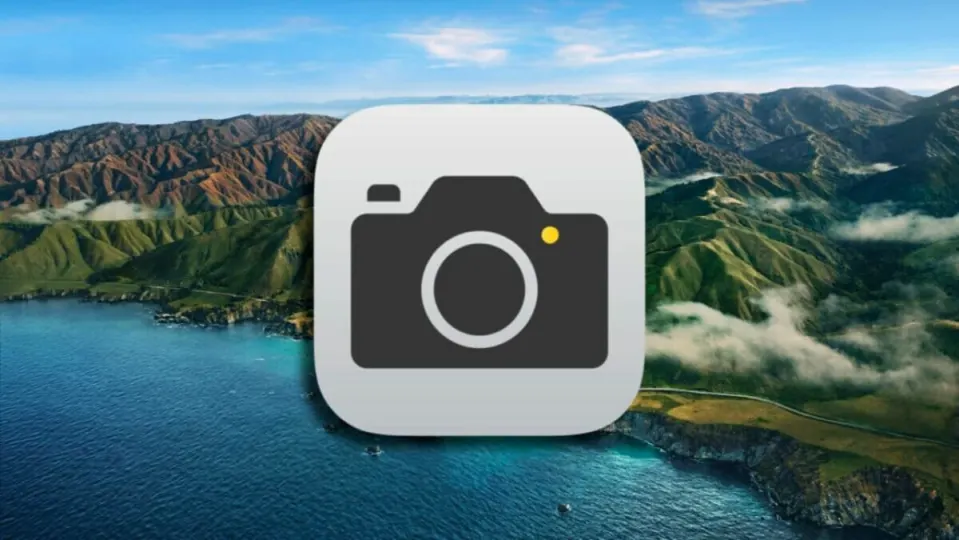Photography has transcended conventional barriers and has found an irreplaceable companion in our phones. In particular, the iPhone has positioned itself as the tool of choice for amateur and professional photographers, thanks to its powerful combination of hardware and software and the fact that we carry it with us at all times.
And while their cameras are amazing on their own, there are tricks that can further enhance the quality of our shots. So, let’s explore three little resources to get the most out of your iPhone when it comes to taking the best photos.
Choosing the right format: RAW or HEIC
The iPhone gives us the choice between two main file formats: HEIC and RAW. At first glance, this may seem like an unimportant technical choice, but the reality is different.
HEIC, the default format, is a highly efficient codec that is ideal for the vast majority of situations. However, for editing and post-production enthusiasts, the RAW format becomes an indisputable ally. When shooting in RAW, the phone stores substantially more information than HEIC. This means that, when editing, we will have a wider range of possibilities, especially in situations where the lighting is good.
So, if we are on a sunny day and plan to edit the photo later, it is best to opt for RAW. Meanwhile, in low light or if we simply want an image ready to share, HEIC is our best option.
Playing with photographic styles
The camera of our iPhone has a resource that changes very substantially the way in which we see and process photographs: the photographic styles. These styles are not simple filters. They are settings that, in addition to giving a distinctive touch to the image, respect the skin tones and essential colors of the shot while bringing an important touch of creativity.
Let’s imagine that we want to portray a snowy landscape. The “Cold” style can intensify the icy sensation we want to convey. Or maybe we prefer a beach shot under the sun; “Warm” would be ideal. Plus, we have the freedom to customize the tone and warmth to our preference and make our iPhone photos look much more vivid. And best of all, once set, the style will remain active for the entire photo session until we deactivate it manually, giving visual consistency to the different images.
Test exposure and focus control
The iPhone’s auto focus and auto exposure is really useful for most shots, but we can also take manual control ourselves when we need it. In certain situations, custom exposure and focus can open the door to effects and more creative photography that is often very interesting.
Do we want to highlight a particular object and keep it sharp, even if you change the angle? Do we want to control the amount of light in a shot? Let’s lock the focus and exposure. Just tap the screen for a few seconds on the area you want to focus on and you’re done. Now, by swiping up or down, we can adjust the exposure manually, giving our images that professional touch you’re looking for. Likewise, we can move around knowing that the autofocus will not come into play to get a more creative photo.
Photography with the iPhone (even more if we take pictures with Apple Watch) transcends the simple point-and-shoot action. With the small and versatile nature of our phone, it’s all about exploring, playing and discovering. These three resources, although simple, provide us with a versatility that was previously reserved for professional cameras. Let’s get photographing!
Some of the links added in the article are part of affiliate campaigns and may represent benefits for Softonic.


